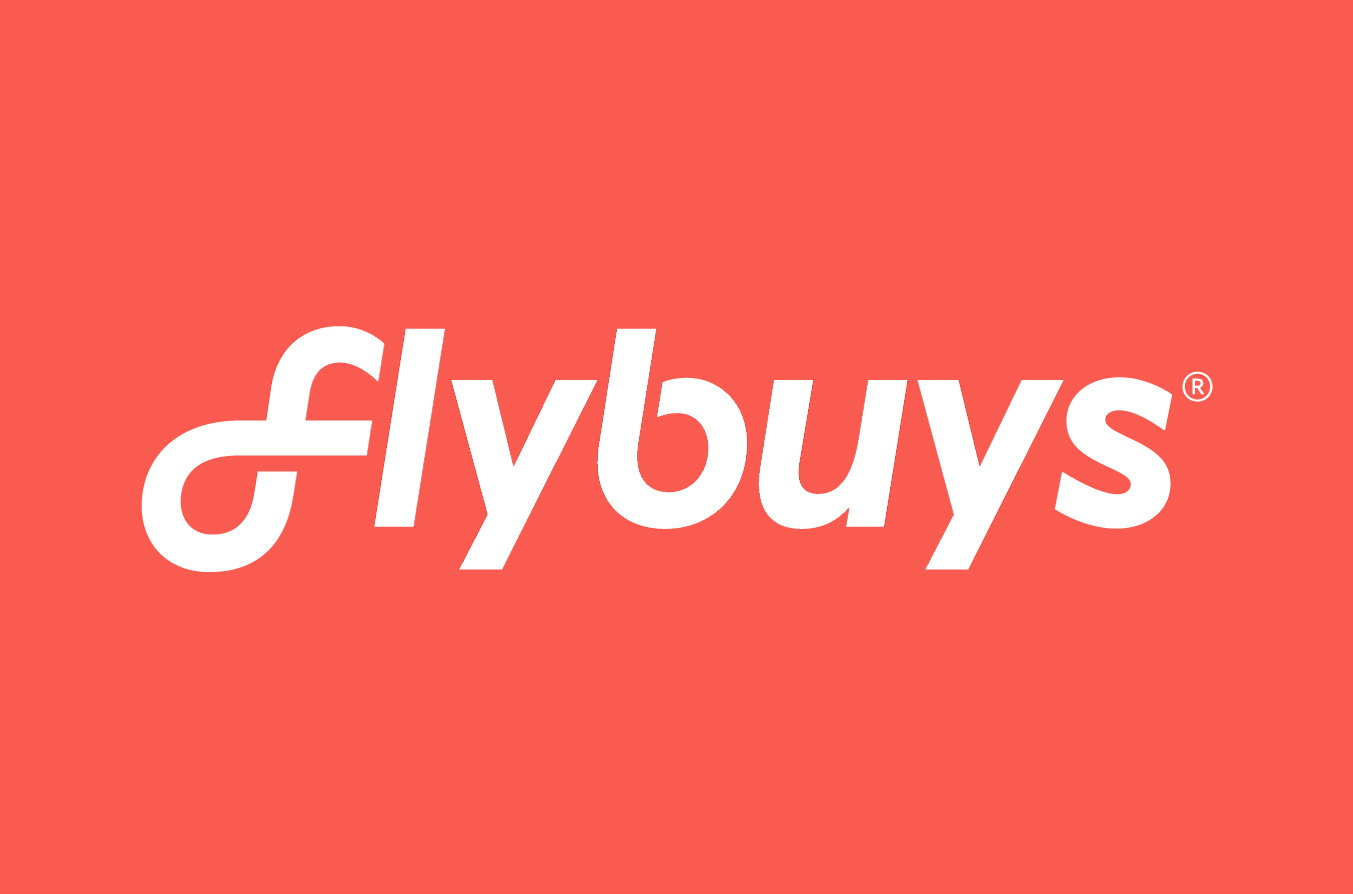
It’s the end of an era in New Zealand’s retail landscape. FlyBuys NZ has announced its closure, effective October 2024, leaving around 90 staff members out of work. In a recent press release, the company stated, "After careful consideration and evaluation of our current business environment, we have made the difficult decision to close FlyBuys NZ. This decision was not taken lightly, and we are deeply grateful for the support of our employees, members, and partners over the years."
FlyBuys NZ has been a household name since its inception, pioneering the concept of loyalty programs in New Zealand. For many of us, collecting FlyBuys points was a routine part of our shopping experience, and the rewards catalog was something we eagerly browsed. However, as technology and consumer behavior have evolved, the landscape of loyalty programs has shifted significantly.
The evolution of loyalty programs
Loyalty programs have come a long way from the days of physical punch cards and point collection systems. The advent of digital technology has revolutionized how brands engage with their customers. Platforms like Marsello have made it easier and more cost-effective for businesses to run their own loyalty programs. These platforms offer seamless integration with existing systems, real-time data analytics, and personalized marketing capabilities. Most importantly, they allow brands to own their data.
In the past, brands relied on third-party loyalty programs like FlyBuys, which meant they didn’t have direct access to the valuable customer data generated through these programs. Today, owning customer data is crucial. It enables businesses to make informed marketing and business decisions based on customer preferences and purchase behavior.
The economics of loyalty programs: for consumers
Let’s take a moment to consider the cost of loyalty from the consumer's perspective. With FlyBuys, you had to spend $25 to earn one point. To redeem a hairdryer (RRP $99NZD), which costs 340 points, you would need to spend a whopping $8,500. That’s giving you back 1% of value, after you’ve spent months or even years making transactions with FlyBuys partners. This model made sense in the early days of loyalty programs, but in today’s fast-paced retail environment, consumers are looking for more immediate and tangible rewards.
A brand's own loyalty program usually offers more generous rewards compared to coalition programs—you’re likely to get back 3-10% (sometimes even more) in value. Think about getting your tenth coffee free: that’s an 11% discount across the 10 purchases. And you could easily achieve that in a couple of weeks.
The economics of loyalty programs: for retailers
A loyalty program can play a pivotal role in achieving a business's revenue and profit goals. As highlighted in a 2023 report by Gitnux, the chance of selling to a new customer is less than 20%, whereas this likelihood increases to almost 70% for an existing customer.
In terms of the return on investment, here’s an example from a merchant Marsello has been working with (anonymised as these are real results). In this case, you’ll see the merchant saw a return of $9.22 for every $1 they spent on running the program and rewarding customers.
.png?width=1200&height=2320&name=Real%20life%20example%20(1).png)
By improving customer satisfaction, building brand loyalty, attracting new customers, and collecting valuable customer data, your loyalty program can yield significant financial benefits. Additionally, it enables informed decision-making regarding product development and marketing strategies, further boosting revenue.
In essence, loyalty programs are strategic assets that drive sales, revenue growth, and long-term profitability for any business.
The future of loyalty programs
As we look to the future, loyalty programs are becoming more sophisticated and data-driven. Brands want to own their customer data and leverage artificial intelligence to gain insights into customer behavior. AI can analyze vast amounts of data to predict trends, personalize marketing efforts, and improve customer experiences.
Data-backed decision making takes a lot of time. You have to understand where to find your data, how to organize it, then how to interpret it to glean insights. For most people, this is overwhelming—they don’t even know where to begin.
The future? All that data is a knowledge base you can tap into whenever you have a question. You can simply type or speak your question or command in plain language, and the assistant will find you the answer or help you complete a task. AI can also offer you questions or insights you wouldn’t have thought of yourself—like suggesting a new database segment or loyalty incentive. This level of insight and personalization was not possible with traditional loyalty programs.
Why this matters
The overarching theme here is data ownership. By owning their data, brands can make smarter marketing and business decisions, tailor their offerings to meet customer needs, and ultimately drive growth. This shift towards data-driven decision-making is transforming the retail industry.
FlyBuys NZ may be closing its doors, but its impact on the loyalty industry will be remembered. The program paved the way for modern loyalty strategies, and as we bid farewell, we also look forward to the exciting innovations that lie ahead. Thank you, FlyBuys, for your contribution to New Zealand’s retail history.
Own your customer data. Start a branded loyalty program today and start driving repeat sales.
Read more: 7 Steps To Building A Profitable Loyalty & Rewards Program

